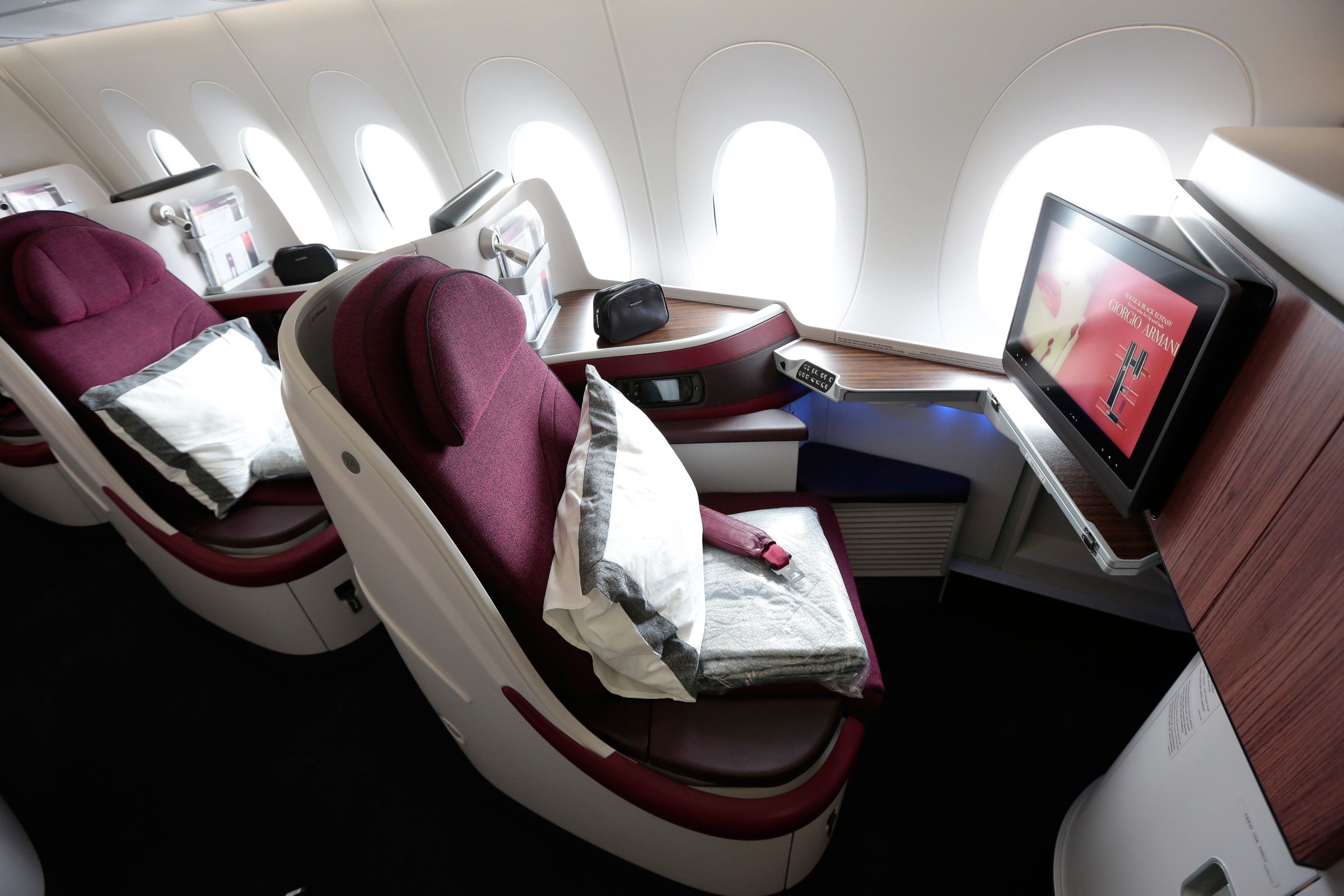
If you’ve found yourself bristling when settling into your seat on an airplane, particularly if you’re back in coach, there’s a reason. A new study by researchers at the University of Toronto and Harvard Business School suggests that the cabin becomes a microcosm of a class-based society and that physical and situational inequality sets off antisocial behavior, more common known as air rage.
Katherine DeCelles from the University of Toronto Rotman School of Management and Michael Norton from Harvard analyzed an international airline’s database of thousands of incident reports, involving millions of flights. It found that cases of “air rage” are more frequent on flights when there’s a first class cabin. And the unruly and abusive behavior is more likely to occur in both first class and economy class when economy passengers have to walk through the first class section while boarding.
Taking that humbling walk past those already seated in first class becomes a clear reinforcement of their “relatively disadvantaged status,” the authors wrote, which can “prompt negative emotions and aggressive [behavior].” And the antisocial behavior can come from the haves as well as the have-nots.
Almost 84% of the incidents occurred in economy class, while 15% happened in first class. Men were involved in more than three times the number of incidents than women, and usually the target was a flight attendant, not other passengers.
Lately the shrinking room in passenger seats, especially in economy, has been a source of complaints, and flight attendants have suggested it is leading to more air rage.
But this new study identifies the physical layout and boarding procedures that trigger air rage. The study also found that air rage among first class passengers increased when there were more first class seats, larger cabins, and delayed flights. The incidents in first class were more likely to involve a passenger being belligerent or angry. DeCelles calls this “entitled reactions.”
In economy class, the incidents tended to emotional outbursts, the result of stress, fear or frustration.
The data available to the researchers did not include how many people were in each section of the plane, so it is impossible to know for certain whether people in economy are actually more likely to undergo air rage than those in first class or if the greater number of cases was due to there being more people in economy than first class. In addition, it may be that more planes have forward entry than middle, so comparing air rage rates by absolute numbers based on how people board could also be misleading.
With first class cabins getting more lush and larger, the risk of air rage could grow. “As both inequality and class-based airplane seating continue to rise, incidents of air rage may similarly climb in frequency,” the authors note.
This article originally appeared on Fortune.com
More Must-Reads from TIME
- Why Trump’s Message Worked on Latino Men
- What Trump’s Win Could Mean for Housing
- The 100 Must-Read Books of 2024
- Sleep Doctors Share the 1 Tip That’s Changed Their Lives
- Column: Let’s Bring Back Romance
- What It’s Like to Have Long COVID As a Kid
- FX’s Say Nothing Is the Must-Watch Political Thriller of 2024
- Merle Bombardieri Is Helping People Make the Baby Decision
Contact us at letters@time.com